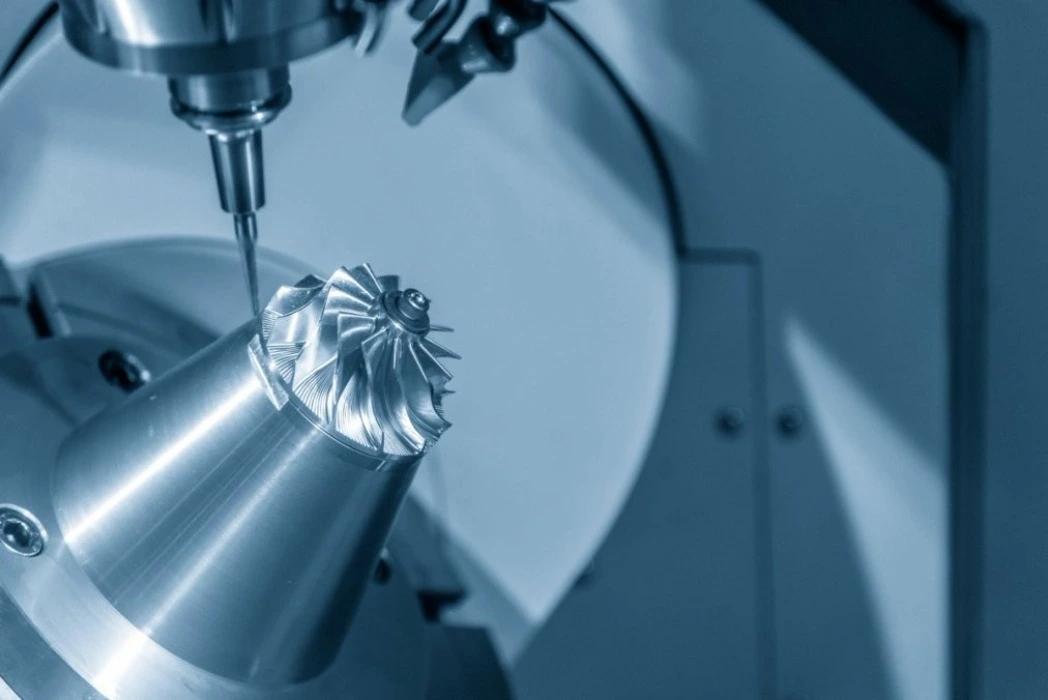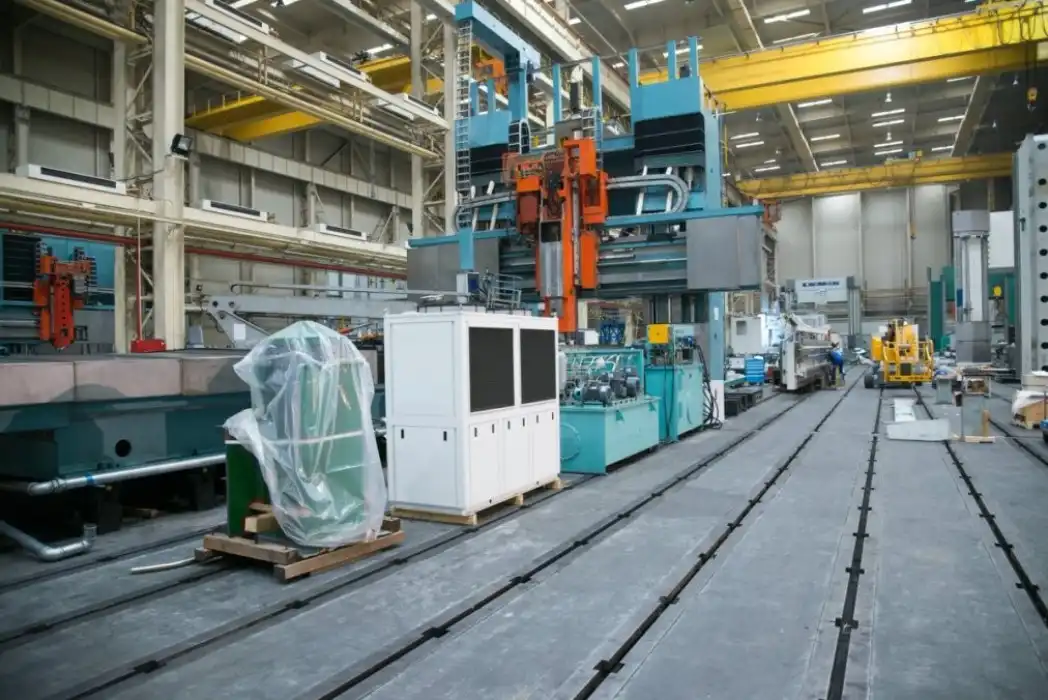Low volume manufacturing is a way of making things that concentrates on making smaller amounts of them, usually between a few dozen and a few thousand units. This strategy fills the gap between prototyping and mass production, giving firms in many fields more options and saving them money. Different methods are used in low volume manufacturing, such as CNC machining, injection molding, and 3D printing. Each method works best with certain materials and production needs. Businesses may use low volume manufacturing to get new products to market faster, lower risks, and improve their production processes if they know what it is, what kinds there are, what the benefits are, and what the best practices are.
Understanding Low Volume Manufacturing: Definition and Key Characteristics
Defining Low Volume Manufacturing
Low volume manufacturing refers to the production of goods in smaller quantities, typically ranging from 50 to 10,000 units. This method is different from mass production, which is all about making a lot of the same thing at once. Low volume manufacturing is great for industries with quickly changing needs or specific product requirements because it gives you more options for flexibility and customization.
Key Characteristics of Low Volume Production
Several factors distinguish low volume manufacturing from other production methods. These include shorter production runs, quicker turnaround times, and the ability to make design modifications between batches. Low volume manufacturing often employs advanced technologies and skilled labor to ensure high-quality output despite smaller quantities. This method also lets you give each customer more personalized service and pay more attention to the details during the production process.

Industries Benefiting from Low Volume Manufacturing
Various sectors leverage low volume manufacturing to meet their unique production needs. The car industry uses it to make unique parts or limited-edition cars. Medical device manufacturers rely on low volume production for customized implants and prototype testing. This is how aerospace businesses make tiny numbers of complicated, high-precision parts. Consumer electronics brands often employ low volume manufacturing for initial product launches or niche market offerings.
Types of Low Volume Manufacturing Techniques and Their Applications
CNC Machining for Precision Parts
Computer Numerical Control (CNC) machining is a versatile low volume manufacturing technique that excels in creating precise, complex parts from various materials. This subtractive manufacture plans shapes from metals, polymers, and composites utilizing computer-controlled cutting devices. CNC machining is outstandingly important for making complex parts in ranges like flying, cars, and restorative adapt.It is ideal for making high-quality parts in small quantities since it can keep tight tolerances and provide the same results every time.
Injection Molding for Plastic Components
Injection molding is a widely used method for producing plastic parts in low to medium volumes. This handle includes infusing liquid plastic into a custom-designed form depth, permitting for the creation of complex shapes and geometries. While traditionally associated with high-volume production, advancements in rapid tooling have made injection molding more accessible for low volume manufacturing. This strategy is particularly accommodating for making modest sums of item lodgings, buyer things, and car parts while keeping the surface clean and dimensional exactness tall.

3D Printing for Rapid Prototyping and Production
Additive manufacturing, or 3D printing, has changed the game for low volume manufacturing by giving designers more freedom and speeding up production timelines. Stereolithography (SLA) and Selective Laser Sintering (SLS) are two examples of technologies that make it feasible to make intricate shapes that would be hard or impossible to make with traditional processes. In areas counting healthcare, shopper products, and aviation, 3D printing is exceptionally valuable for making models rapidly, making items to arrange, and making little clumps. Its ability to produce parts without tooling makes it highly cost-effective for low volume runs.
Benefits and Best Practices in Low Volume Manufacturing
Advantages of Low Volume Production
Low volume manufacturing offers numerous benefits to businesses across various industries. One of the primary advantages is the reduced financial risk associated with smaller production runs. This strategy lets businesses see if there is a request for their item without having to commit to participating in it. Low volume manufacturing also lets you customize products more and get them to market faster, which are both very important in today's competitive industry. Low-volume production is also more adaptable, which makes it easier to tweak designs and make things better. This method encourages new ideas and being open to client input.
Optimizing Low Volume Manufacturing Processes
Businesses should focus on making their processes as efficient as possible in order to get the most out of low volume manufacturing. This includes using advanced design software to speed up product creation and cut down on mistakes. Even for short production runs, using lean manufacturing concepts can help cut down on waste and make things flow more smoothly. Using modular tooling and flexible manufacturing cells can make things more adaptable and cut down on the time it takes to set up for different product runs. Also, putting money into quality control methods and traceability systems makes sure that the quality of the products stays the same. This is very important for keeping customers happy when output is low.

Selecting the Right Manufacturing Partner
Choosing the appropriate manufacturing partner is critical for successful low volume production. Find a provider who knows a lot about your field and the right ways to make things. A trustworthy partner should provide a whole range of services, such as help with design, choosing materials, and making sure the work is done well. Think about things like their ability to use technology, how much they can produce, and how well they can grow as your demands change. It's important to be able to communicate and work together well, so choose partners who are open and responsive throughout the manufacturing process.
Conclusion
Low volume manufacturing is a flexible option for companies that want to make small amounts of high-quality products quickly and easily. Companies can utilize this strategy to energize unused thoughts, lower dangers, and address particular showcase needs if they know what it is, what sorts there are, what its benefits are, and what the best ways to utilize it are. Low volume manufacturing is a incredible way for firms to remain competitive in markets that alter rapidly since it is adaptable and reasonable.
Scalable Low Volume Manufacturing with Full Service | BOEN
At BOEN Prototype, we specialize in delivering top-tier low volume manufacturing solutions for a wide range of industries. We are the best in the trade at making models and plastic and metal parts. We offer a part of distinctive administrations, such as CNC machining, quick infusion molding, and unused 3D printing innovations like SLA and SLS. We can handle even the most difficult manufacturing problems because our team has a lot of experience and uses integrated production methods. BOEN is the best partner for bringing new items to life since they promise quick turnaround times and high quality. If you need to learn more almost what we can do for you, it would be ideal if you mail us at contact@boenrapid.com. We'll appear you how we can offer assistance you with your item improvement.
References
Smith, J. (2022). The Evolution of Low Volume Manufacturing in Modern Industries. Journal of Manufacturing Technology, 15(3), 234-248.
Johnson, A., & Thompson, B. (2021). Comparing CNC Machining and 3D Printing for Low Volume Production. International Journal of Advanced Manufacturing Technology, 89(5), 1567-1582.
Lee, S., et al. (2023). Cost-Benefit Analysis of Low Volume Manufacturing in the Automotive Sector. Automotive Engineering Quarterly, 42(2), 112-127.
Williams, R. (2022). Optimizing Quality Control in Low Volume Production Environments. Quality Management Journal, 30(4), 378-392.
Chen, H., & Davis, M. (2021). The Role of Low Volume Manufacturing in Medical Device Innovation. Medical Device Technology Review, 18(1), 45-59.
Brown, L. (2023). Sustainable Practices in Low Volume Manufacturing: A Case Study Approach. Journal of Cleaner Production, 215, 1234-1248.








